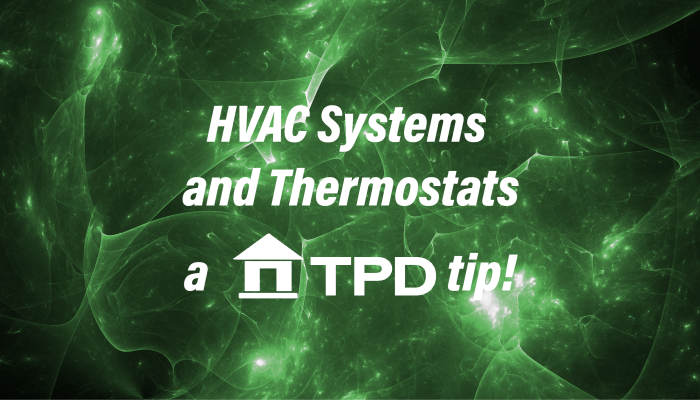How to Surge Protect HVAC Systems and Thermostats: A TPD Tip
HVAC systems should not only be protected themselves but should also be prevented from harming the rest of the home. Modern HVAC systems use devices called variable frequency drives, or VFDs, that improve the efficiency of HVAC systems; however, they can negatively affect the home’s voltage and cause disturbances that impact other sensitive equipment. Homes with multiple HVAC systems running simultaneously or on the same electrical panel are at even greater risk. The cumulative effect of electrical surges from these systems can damage other electronics and appliances. See our HVAC system surge protection drawing here.
This is why multi-layered surge protection from TPD installed at breaker panels and disconnects adds significant value to any project. Every project should consider the development of a comprehensive protective system. See the whole home power quality drawing here.
In addition to protecting HVAC equipment, it’s important to protect the low-voltage wires for thermostats. These wires can carry damaging surges caused by lightning, which often enters the system through outdoor equipment. At a minimum, surge protection should be installed on these incoming lines to prevent damage before the surges reach sensitive components inside the home. For more sophisticated thermostats, such as Savant, Crestron, or systems used with geothermal heating, protecting the thermostat wiring itself can provide additional benefits. Surge protection on these control wires helps guard against lightning and reduce issues related to EMI (Electromagnetic Interference) and RFI (Radio Frequency Interference), which can lead to system lockups and communication errors. The cleaner and more stable the power, the better these advanced systems perform.
Want to learn more about HVAC system surge protection? See our HVAC System Surge Protection page.


